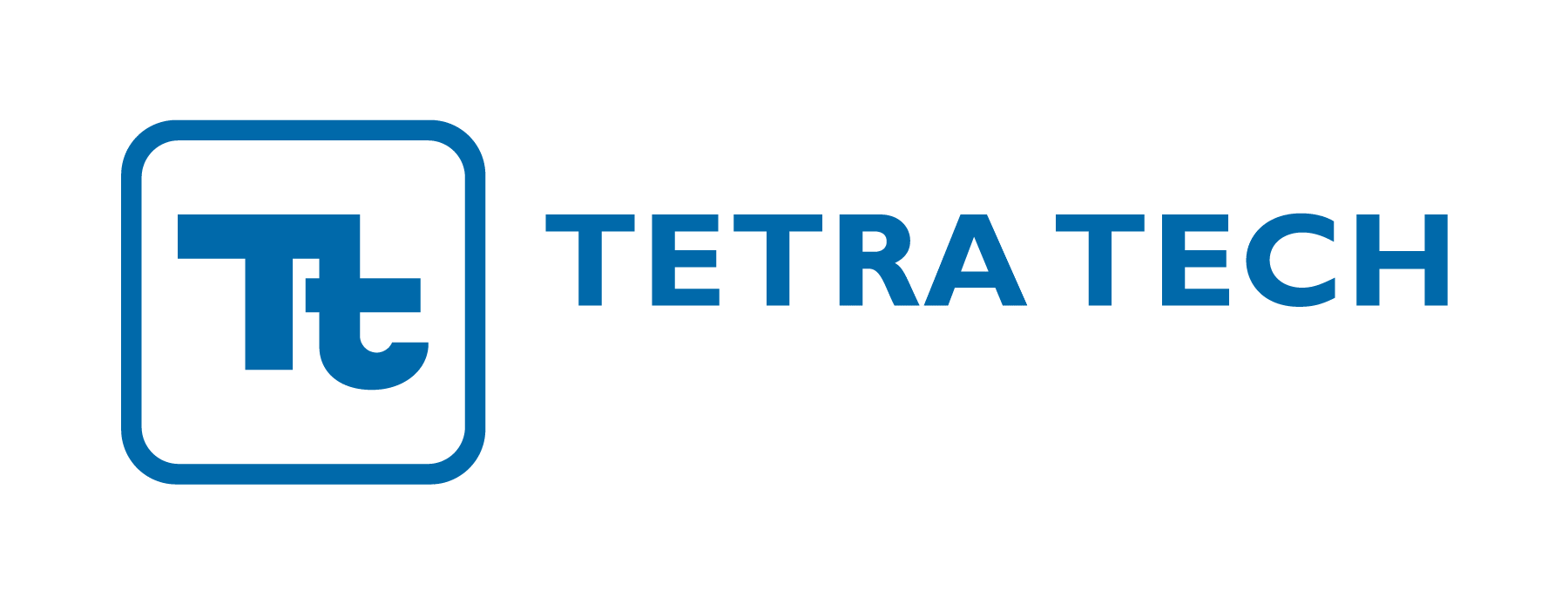International Material Data System (IMDS) rejections threaten to keep your products — as well as your customer’s — from remaining market-compliant. With a complex system and even more complex regulatory needs, common IMDS rejections can be confusing and time consuming to address. From using incorrect materials to building an assembly tree without the proper hierarchy, there are a multitude of reasons why your submission may be rejected. Knowing how to prevent these common mistakes will increase the chances of your submission’s acceptance.
To provide consistent reporting in the automotive industry, the IMDS Steering Committee requires suppliers to follow several general rules and guidelines set forth in IMDS Recommendation 001 (REC 001). These rules are available in the help section of the IMDS website and they require a thorough understanding to guarantee your submitted parts and assemblies are not rejected. This knowledge will not only speed up your data entry and increase reporting efficiency, it will also increase customer satisfaction.
Gain greater confidence and accuracy in IMDS! Read below for the third of a five-part series for one of the most common IMDS rejection reasons — and its solution.
IMDS Rejection #3: Creating or Using a Polymer Entry Composed of Only One Substance
No material is ever made 100% of the same substance. Impurities can always be found, even if only at an infinitesimal level. These substances must be listed in your IMDS full material declarations.
Per IMDS REC 001, “A polymer material (classification 5.x) should have at least two substances attached to it.” This means that if you try to submit an entry made of 100% PA6, for example, IMDS will flag it under the warnings section. It will let you submit the MDS if you elect not to make the corrections, but the MDS may be rejected by your customer as they will see the same warnings and errors on their end.
THE FIX
Please remember that unless you are a raw material manufacturer, you should not be entering materials into IMDS. The raw manufacturer will have the expertise regarding the material classification and composition.
Supplier-Provided Raw Materials in IMDS
If you are using raw materials provided by lower-tier suppliers to create an IMDS entry, you need to check that you only accept submissions containing polymers keyed in with a minimum of two substances.
In the case below, one of your suppliers of filter mesh sent you an MDS with the following structure:

UNACCEPTABLE POLYMER DECLARATION
You should reject this entry as PA6 is a polymer (more specifically falling under the 5.1b unfilled thermoplastics classification) and should therefore be made of at least two basic substances. Additionally, since this part is meant to be used in an assembly sold in the state of California, you should seek to confirm whether the mesh material contains any Proposition 65 substance. After confirming with their IMDS administrator, your supplier resubmits the following acceptable entry:
 ACCEPTABLE POLYMER DECLARATION
ACCEPTABLE POLYMER DECLARATION
- PA6 is still the main substance.
- Carbon Black is a Prop 65 substance you are required to declare by your California customer.
- Misc. not to declare, the remainder of the substances were combined under this wildcard, which is to be used only for impurities or residues that are non-declarable substances.* Had the part not contained any declarable/regulated material, declaring PA6 + “Misc., not to declare” would have been enough.
*CAUTION: When substances listed with “system” as the CAS number (such as “Misc., not to declare”), you are responsible for checking that the “system” ingredients do not represent reportable substances. As new substances become reportable each year, it is best practice to enter the actual ingredient and mark them confidential instead (within the limits described in REC. 001). Depending on individual login notification settings, the user will receive a notification if/when a substance marked as confidential is included on GADSL.
Directly Inputting Materials into IMDS
If you do find yourself in a position where you need to create your own material entry, be sure that all substances, including small impurities, are listed in your IMDS full material declarations. As mentioned above, if the impurities or unintentionally present constituents are not restricted/prohibited by the Global Automotive Declarable Substance List (GADSL), are not SVHCs, or do not require applications codes, they do not have to be listed by name and can be combined and declared as “Misc. not to declare” or other applicable wildcards. However, you must still follow maximum allowed portion (percentage) ranges rules as listed in REC 001 Section 4.5.4.
In the same manner, if you are dealing with the supplier of a pass-through part, due diligence on their end requires that they also reach out to their raw material suppliers and check that polymers have been properly declared. Note that some polymer suppliers have already published their data in IMDS following specific ISO standards nomenclature (see Rule 4.4.2.C, p. 11 of REC 001). Otherwise, your suppliers should try to reach out to the raw material companies and request they publish a plastic or elastomer. In the event they are unsuccessful, they may create the material themselves, following the same two-substance minimum rule.
Another important rule to keep in mind: When declaring polymers, be careful not to go too fast and select the incorrect material classification when creating a material entry. For example, if you are dealing with a POM GF25 containing POM +25% fiberglass, be sure to select the material classification 5.1a (filled thermoplastic) as opposed to 5.1b (unfilled thermoplastic). Glass is only one among other potential fillers. Boron powder, calcium carbonate powder, aramid fiber or wood are other examples of such ingredients used in filled thermoplastics. Note that if these fillers are only present in trace amounts (< 0.1% or 1,000 ppm), it is acceptable to use the 5.1b (unfilled thermoplastic) classification.
Here is an example of a published filled thermoplastic from Dupont Polymers, which contains more than one additional substance including 30% fiberglass. Here you will also notice the use of the “Further Additives, not to declare” wildcard, used for non-declarable additives.
 EXAMPLE OF A PROPERLY DECLARED FILLED THERMOPLASTIC COMPRISING MORE THAN TWO SUBSTANCES
EXAMPLE OF A PROPERLY DECLARED FILLED THERMOPLASTIC COMPRISING MORE THAN TWO SUBSTANCES
An incorrect classification will likely trigger an immediate rejection from your customer. Or worse, the customer may get back to you after their assembly, which uses your part, has been rejected by their own customer. Recommendation 001a, General Structure Annex I, provides excellent guidance on how to properly classify any material.

Beyond this common reason for rejection in IMDS, there are many more to be aware of:
- IMDS Rejection #1: The Provided Material Data Sheet (MDS) Lists an Incorrect Description or Part/Item Number
- IMDS Rejection #2: Failure to Use IMDS Committee Published Materials When Creating Entries with Metals, Platings or Passivation Coatings
- IMDS Rejection #4: Building MDS Trees That Do Not Follow the Proper Tree Hierarchy
- IMDS Rejection #5: A Weight Variance Between Measured Weight and Calculated Weight
For further support with IMDS rules and reporting guidelines, consider our online IMDS trainings, which will provide you and your team with the expertise needed to achieve seamless quality compliance reporting. You can also reach out to Tetra Tech’s expert IMDS team for further guidance.


 ACCEPTABLE POLYMER DECLARATION
ACCEPTABLE POLYMER DECLARATION



